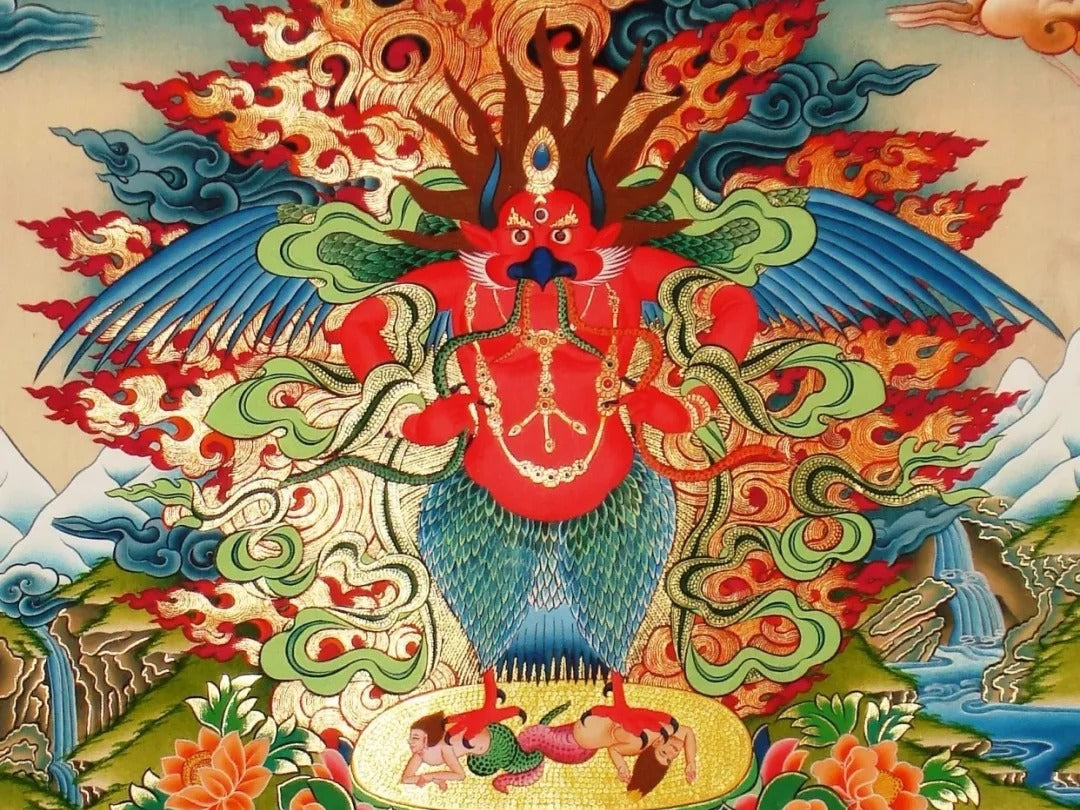Every Tibetan pendant begins its life as a rough chunk of stone or metal, transformed by generations of artisans into a piece of spiritual jewelry imbued with cultural and sacred significance. In this article, we trace each step of that transformation—revealing how artisan craftsmanship, passed down through the ages, breathes life into what becomes your sacred pendant.
1. Sourcing the Raw Stone
-
Local Mines and Trade Routes
-
Traditionally, stones like turquoise, agate, and quartz were sourced from Himalayan deposits or traded along ancient caravan trails.
-
-
Selecting for Quality
-
Artisans examine each piece for color consistency, internal clarity, and structural integrity—qualities essential for both beauty and durability.
-

2. The Lapidary Art: Shaping the Gem
-
Marking and Pre‑sawing
-
The rough stone is marked with chalk lines indicating where to saw, ensuring minimal waste.
-
-
Sawing and Rough Shaping
-
Using diamond‑coated blades, lapidaries cut the stone into basic shapes—oval, teardrop, or custom silhouettes.
-
-
Grinding and Smoothing
-
Coarse grinding wheels remove saw marks; finer laps refine the shape and prepare the surface for polish.
-
-
Final Polishing
-
Polishers use progressively finer compounds to bring out the stone’s natural luster, revealing its full spiritual glow.
-

3. Traditional Metalwork and Filigree
-
Metal Preparation
-
Silver or brass ingots are melted and cast into sheets or wires, the raw materials of Tibetan jewelry.
-
-
Hand‑Hammering and Annealing
-
Craftsmen hammer metal sheets into thin bezel settings, periodically annealing (heating and cooling) to maintain malleability.
-
-
Filigree and Granulation
-
Delicate silver threads and tiny beads are shaped by hand, then soldered to create intricate lace‑like patterns—hallmarks of Tibetan silversmithing.
-
-
Inlay and Mounting
-
The polished gemstone is carefully set into its metal frame, secured by tiny prongs or bezel edges.
-

4. Assembling the Pendant
-
Bail and Hanger Creation
-
A sturdy bail (the loop that allows the pendant to hang from a chain) is crafted and soldered, often adorned with small symbolic carvings.
-
-
Artistic Detailing
-
Artisans may add carved motifs—Sanskrit mantras, lotus petals, or protective symbols—onto the metal surface, linking each piece to Tibetan iconography.
-

5. Polishing and Patination
-
Surface Finishing
-
The entire pendant is buffed to a soft sheen, while recessed details may be left slightly oxidized to accentuate depth.
-
-
Antique Patina
-
Some pieces receive a gentle chemical patina, giving them an aged character that evokes the enduring nature of sacred pendant traditions.
-
6. Spiritual Blessing and Ritual
-
Consecration Ceremony
-
Before leaving the workshop, each pendant is blessed by a lama or monk, infused with protective mantras.
-
-
Final Inspection
-
Only after passing a quality and ritual inspection does the pendant join the collection—ready to become a lifelong companion.
-

Conclusion
From the raw, unshaped stone to the final Tibetan pendant, every step in the journey honors centuries‑old artisan techniques. When you wear one of our spiritual jewelry pieces, you’re not only embracing a beautiful accessory—you’re carrying forward a lineage of devotion, skill, and cultural heritage.




